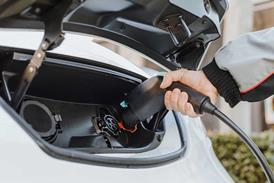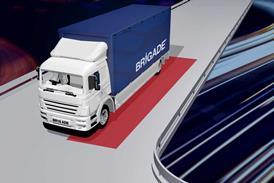Developed over the past year by the REA’s HGV and Commercial Fleet Working Group, ’Electrifying the fleet: A practical resource for fleet managers’ aims to provide fleet managers with a detailed roadmap to successfully electrify their fleets.
Published by The Association for Renewable Energy and Clean Technology (REA) and the Energy Saving Trust, the 24-page resource offers step-by-step guidance and insights to help fleet managers overcome current barriers to adopting electric vehicles (EVs).

Speaking at the launch of the publication, Matt Adams, Transport Policy Manager at REA, said: “This resource provides a proven, well-managed process for fleet managers considering electrification, offering significant savings on fuel costs and helping fleets achieve their ESG targets.”
The report reveals that fleet managers can expect to save around £1,500 annually per light commercial vehicle and approximately £3,500 per rigid HGV (when driving 15,000 miles a year if charged at the depot or home) due to the superior efficiency of EVs, which require 25-30% less energy than diesel equivalents.
The resource also highlights the benefits of smart charging, which can reduce costs by scheduling charging during off-peak times, and the potential of depot sharing to accelerate fleet electrification.
Commenting on the publication, Future of Roads Minister Lilian Greenwood, said: “A cleaner greener transport network is a key priority for this government, which is why we have plug-in grants available for vans and trucks, and programmes aimed at scaling up zero emission HGVs, to decarbonise road freight. The REA and Energy Saving Trust’s new resource is a great step on our path to net zero.”
Nick Harvey, Senior Programme Manager, at the Energy Saving Trust added: “Our collaboration with the REA on this resource highlights that fleet managers can achieve significant cost savings. These estimated savings support the economic viability of transitioning to electric vehicles and the efficiency gains that can be realised.”
To download the resource, click here.


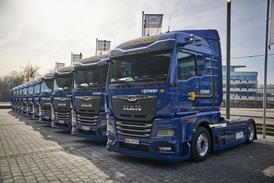


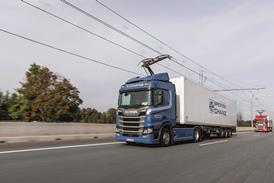






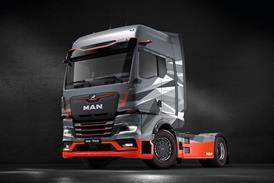
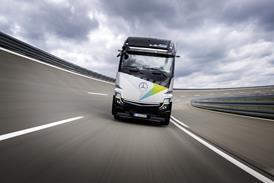

![Mercedes-Benz_eActros_600_(1)[1]](https://d2cohhpa0jt4tw.cloudfront.net/Pictures/274x183/8/1/8/17818_mercedesbenz_eactros_600_11_556244.jpg)

